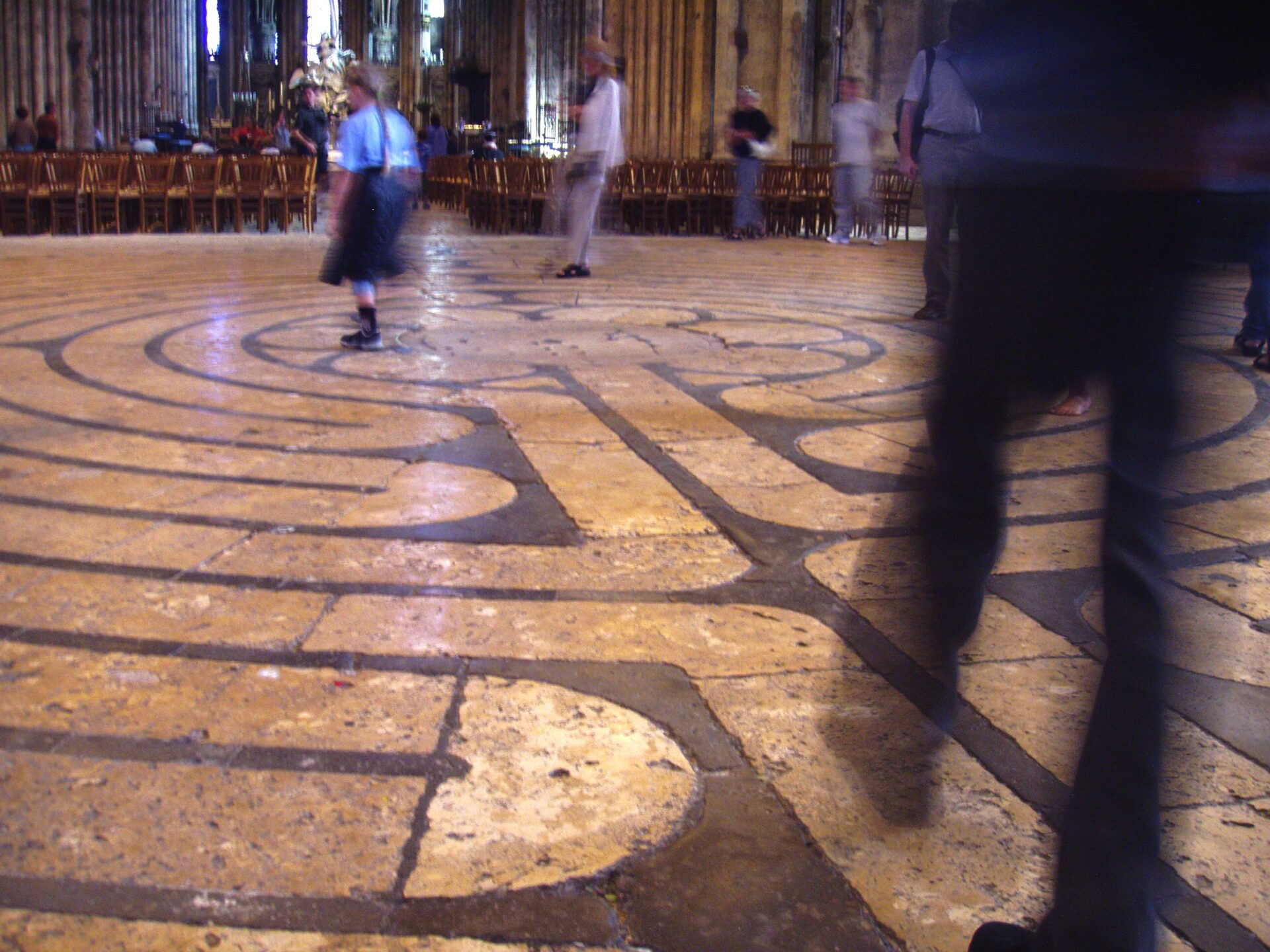In last week’s letter on the ‘Perennial Philosophy’ we saw how it is experience of internal silence and solitude, afforded by contemplative spiritual disciplines such as meditation, that leads us to discover the essence of our religion, which moreover is the common core at the heart of all wisdom traditions and religions. Whereas at the level of experience there is much in common between religions, at the level of theorizing and theologizing there are major differences, formed by the filters of culture and society through which we interpret these experiences. However, in the world we live in, it is important that we respect the truth in all religions and engage in interfaith dialogue, which is an important aspect of the World Community for Christian Meditation. Through sharing the silence of contemplation with others of all faiths a commonality arises and with it mutual respect and understanding.
There would be no conflict and lack of understanding, if only we could stay at the level of experience, of shared silence. But we move so easily from experience to thought. The drive to truly understand the inner spiritual experience urges us to translate this into images and words; that is how our consciousness works. Being able to name things gives us a sense of security and control, however illusionary that may be. But we forget the limits of our rational consciousness and its filters; we forget that all thoughts and images, especially about the Divine, distort and limit. In fact, the early Christians considered it even a blasphemy to attach any name to God.
Right at the beginning of the Christian Mystical tradition in the 2nd century we meet Clement of Alexandria, who is the first Christian philosopher/theologian, who tried to put mystical experience and the relationship between the human soul and the Divine into words. He did this in an ‘apophatic’ way, a ‘negative’ way; he did not say what God was, as he saw the Divine as a sacred mystery beyond our comprehension. He tried to arrive at the Divine essence by saying what God was not: “God is not in space, but above both place and time and name and thought. God is without limits, without form, without name. He is anonymous….You are left with the notion of pure being and that is the closest you can come to God. …..He is ineffable, beyond all speech, beyond every concept, beyond every thought.”(Clement of Alexandria)
He felt that we can only get to know the essence of God by stripping away all qualities normally associated with anything in the material world. A beautiful analogy was current at the time: a sculptor chips away at a block of marble till a form reveals itself. In the same way if we long to experience Divine Reality, we too need to chip away all our ideas and concepts about God, our thoughts, our images till by grace His essential presence reveals itself. Then we enter “a state in which we reverence God in awe and silence and stand before Him with holy wonder.”(Clement). This is the state that helps us to be tolerant of all different expressions of the human search for meaning.





